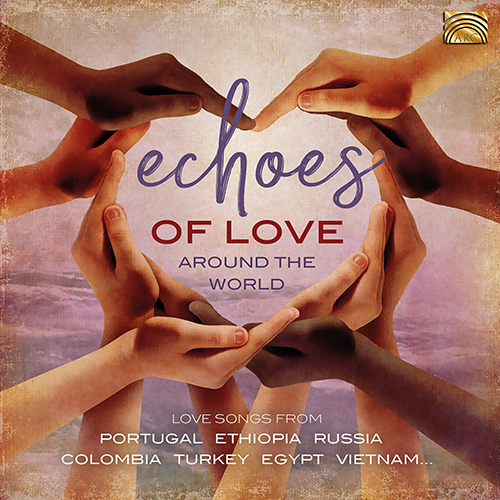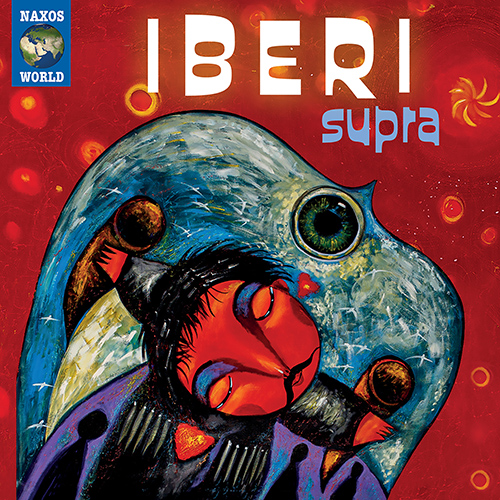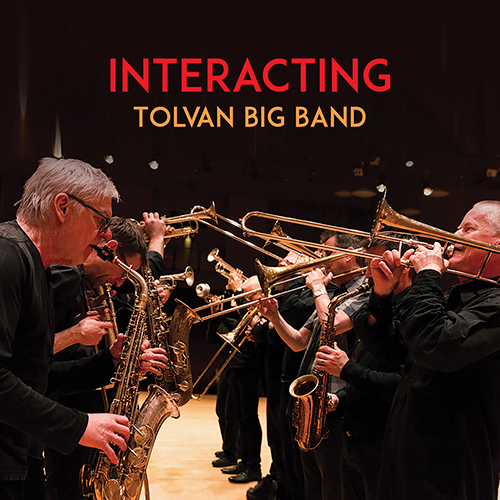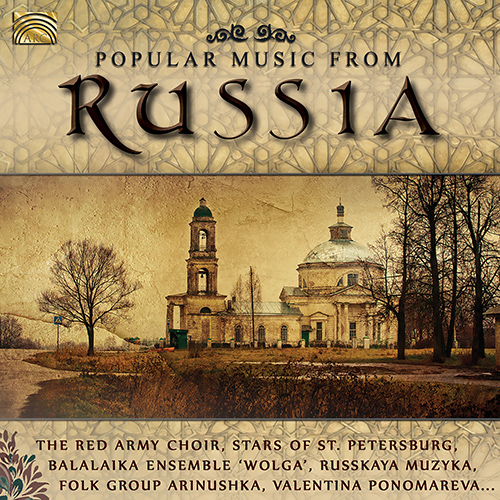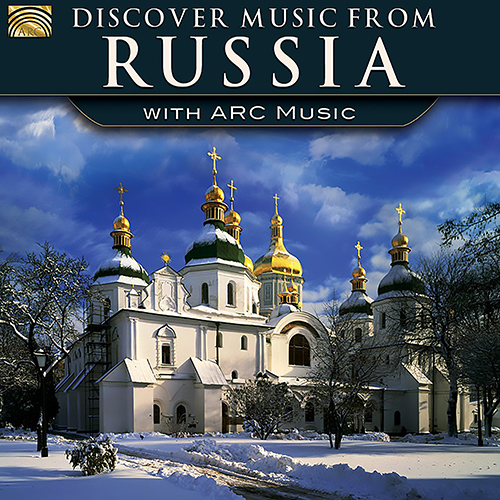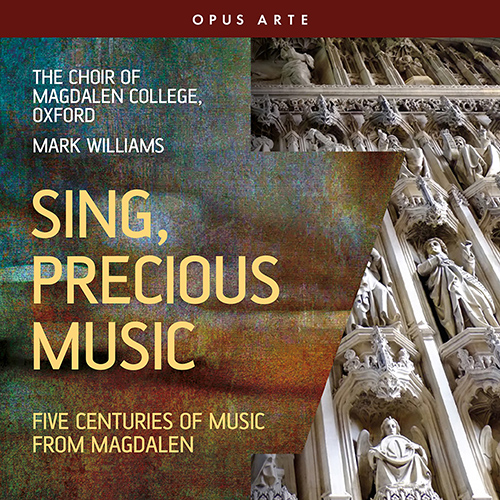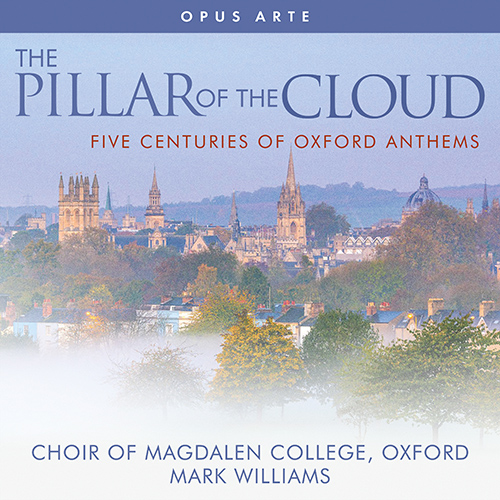In addition to its own wide-reaching monthly new releases (see www.naxos.com/newreleases.asp), Naxos also distributes several leading labels in many countries around the world. Here is a choice selection of recent releases from some of these distributed labels.
Founded as an independent label in 1999, Opus Arte is an award-winning provider of classical music and theatrical content, releasing around 25 titles per year on DVD, Blu-ray, CD, TV and online. Opus Arte is proud to be associated with many of the world’s finest arts organisations, including the Royal Opera House, Glyndebourne, Dutch National Opera & Ballet, Teatro Real, Shakespeare’s Globe, and the Royal Shakespeare Company.
Watch this trailer containing a selection of the label’s most loved and highly acclaimed recordings from the last twenty years.
Experience a staple of the Oxford calendar in this set of works inspired by the May Morning tradition, with music spanning from the traditional to contemporary. Starting with The College Clock welcoming in the sunrise, this special recording displays The Magdalen College Choir in radiant form, shining in the glorious acoustics of the Church of St. John the Evangelist, Oxford. The Choir of Magdalen College, Oxford was founded in 1480 with provision made in the statutes for 16 singing boys, eight Academical Clerks and four chaplains. Magdalen College was then one of the oldest and largest choral foundations in late-medieval England, and this historic legacy has been preserved and maintained for over five centuries. The Choir, which now enjoys an international reputation as one of the finest ensembles in the UK, exists primarily to sing the daily church services in Magdalen College Chapel.
Watch the Magdalen College Choir’s May Morning 2021 performance
Opera was in its infancy when Monteverdi wrote L’Orfeo, only six years after the first example of a drama set wholly to music had been performed in Florence. He brought to the work a revolutionary synthesis of text, staging and musical architecture that virtually defined the future of opera. John Eliot Gardiner first conducted L’Orfeo at the Proms in London in 1967. For decades he has been at the forefront of Monteverdi performance and scholarship and in 2017, the 450th anniversary of Monteverdi’s birth, and the 50th anniversary of his own first performance of the opera, he undertook the crowning achievement of his association with the composer, an odyssey to perform all three surviving full-length operas. This performance of L’Orfeo was given at the historic Teatro La Fenice in Venice – which has seen triumphant premieres of works by Rossini, Donizetti, Verdi and many others – in a critically acclaimed semi-staged production.
With 22 symphonies, 17 string quartets, 9 concertos, and 7 operas, the composer Mieczysław Weinberg left behind an extensive oeuvre. Musically, one can hear the composer’s close friendship with Dmitry Shostakovich, although Weinberg’s music is more lyrical and romantic in nature. Nevertheless, the composer was long forgotten and his music has only been rediscovered in the last ten years. Gidon Kremer has dedicated himself to the rediscovery and cultivation of Weinberg’s music. In February 2020, he performed Weinberg’s Violin Concerto, Op. 67 with the Gewandhausorchester Leipzig under the musical direction of Daniele Gatti as part of a series of concerts in honour of the composer’s 100th birthday at the Leipzig Gewandhaus.
Weinberg completed the concerto in 1959, the culmination of one of his most creative and successful phases of the 1950s. The work captivates with its large symphonic structure and its four movements, which are rather atypical for a concerto. Also in 1959, Weinberg composed the Sonata for Two Violins, Op. 69, which Kremer recorded with the Latvian violinist Madara Petersone, concertmaster of the Kremerata Baltica.
Conductors in Rehearsal is a BR-Klassik series that takes a closer look at the ‘orchestral workshop’. One can experience first-hand how the conductor’s wishes and instructions are implemented, how his explanations and temperament change the resulting sound, and what concepts lie behind the interpretation of the work. Documented in this release are the exceptional collaboration between Mariss Jansons and the Bavarian Radio Symphony Orchestra. It featuring four concert rehearsals in the Munich Philharmonie im Gasteig, taken from different periods: October 11 and 12, 2001 (Igor Stravinsky: Petrushka), June 21, 2004 (Peter Tchaikovsky: Symphony No. 6, ‘Pathétique’), February 9–12, 2016 (Dmitri Shostakovich: Symphony No. 7, ‘Leningrad’ Symphony), and January 24, 2017 (Sergei Rachmaninov: Symphonic Dances).
Zygmunt Stojowski might be viewed as one of the several missing links between Frédéric Chopin and Karol Szymanowski. He contributed to the development of Polish music between the second half of the 19th century and the dawn of modernism, but his works somehow never entered the repertoire. Stojowski was happy to remain steeped in the late-romantic tradition; his scores exhibit a strong gift for melody and a deft hand in colourful orchestration, reflecting both Russian and French influences. Following his move to the US in 1905, Stojowski enjoyed a fine reputation as a composer, pianist and, increasingly, as a teacher, but his absence from the European stage led to his works fading into obscurity.
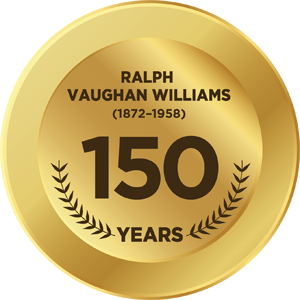
Ralph Vaughan Williams is one of Britain’s most illustrious composers, and this specially curated selection of works demonstrates the sheer breadth of his achievement. As a major 20th-century symphonist, he is represented by four of his nine symphonies, all in critically acclaimed recordings (‘A clear top recommendation’ wrote Gramophone of A Sea Symphony). Popular orchestral works such as the celebrated Tallis Fantasia and The Lark Ascending are also included. Vaughan Williams’ chamber works are performed by the Maggini Quartet, his greatest contemporary champions; while the sublime Mass in G Minor shows the composer’s high standing in the English choral tradition.
Conductor Robert Trevino’s fourth album release on Ondine is focused on the late works of composer Einojuhani Rautavaara (1928–2016), one of Finland’s most celebrated composers after Sibelius and known worldwide for his Neo-Romantic, even mystic compositions. Together with violinist Simone Lamsma and the Malmö Symphony Orchestra, the artists present four final orchestral works by the celebrated composer. Two of the works are world première recordings.
Rautavaara received several commissions from some of the world’s leading violinists to write works for them. He was able to create several extensive compositions featuring solo violin, such as the superb pieces included in this release: Fantasia, Deux Sérénades, Lost Landscapes, and In the Beginning. The titles of his works were important for the composer, forming part of the ‘aura’ of the work and often even constituting the initial inspiration for writing the piece in the first place.
The backing tracks of the 16 art songs in this release adhere completely to Donizetti’s text, with the main objective being the provision of a piano accompaniment that is respectful of the vocal phrasing and breaths. Due to the considerable frequency of anacrusis, attentive listening to the accompaniment without singing along is recommended during the first phase of the rehearsal. This will allow a better sense of orientation and get a stronger feel for the pauses in tempo, the breaths and the entire dynamic and agogic variations present in the score.
Exclusively available for streaming and download.
During his thirteen years as chief conductor of the Stuttgart Radio Symphony Orchestra of SWR Sir Roger Norrington conducted and recorded an important segment of Berlioz’s core repertoire. The present boxed set brings together on seven discs the Requiem, the opera Benvenuto Cellini (concert performance), the oratorio L’Enfance du Christ, the overture Les Francs-juges and of course the Symphonie fantastique. Norrington’s style has caused a stir internationally with what has come to be termed The Stuttgart Sound: a synthesis of historically-informed performance practice with the technical capabilities of a modern orchestra. Whether in Mozart, Haydn, Bruckner or Berlioz, Norrington seeks to capture the performance experience of the time, adjusting the orchestra’s size and seating plan to create an authentic sound without vibrato.
The composers of these 20th-century Italian works were all associated with the cello from a young age. Their deep understanding of the instrument reveals itself in three contrasting concertante pieces where soloist and orchestra collaborate to explore a wide range of colours and moods, and whose slow movements are among the most beautiful each composer ever wrote. Malipiero viewed the soloist in his concerto as a voice rising in a crowd; the mysterious and autumnal L’Olmeneta is the largest and most individual of Ghedini’s cello works; and Casella’s Notturno e tarantella is a sunny piece, expertly orchestrated.
Playful, eloquent, intimate and existentially cool, Terry Riley’s Autodreamographical Tales is a musical dream diary – a no-holds-barred journey into the creative unconscious, rendered with a compelling joie de vivre by one of the most influential composers of our time. Each of these ten songs offers an uncommonly special connection with Riley, who narrates, sings and adds his signature minimalist piano filigrees to a sprawling narrative that can turn poetic, picaresque or downright kaleidoscopic.
Backed by the ever-flexible Bang on a Can All-Stars, Riley challenges the ensemble by digging deep into a wide range of musical flavours that include free jazz, blues, rock, pop, and classical. And through the vivid storytelling of Long Bus Ride and Zucchini to the jabberwocky wordplay of Science Fiction and the raucous confessional Cannabis, Riley bends and stretches the very limits of language – conveying a multivalent message for these times that is pithy, uplifting and powerful.
Attend the tale of Beinta Broberg. So dark an aura gathered around this unfortunate seventeenth-century soul that she became known on her native Faroe Islands as ‘Wicked Beinta’. Composed by Anna Katrin Øssursdóttir Egilstrøð and Allan Gravgaard Madsen, the symphonic song cycle’s introspective, veiled songs are couched within a mostly passive-aggressive orchestral landscape: not a roaring and surging ensemble but a brittle, desolate and minutely changeable one.
This unabashedly eclectic album features stirring and varied songs by Ben Moore, who has chosen poems spanning 2,600 years for his texts. The music extends from art song to cabaret, yet all share Moore’s lyrical and eloquent style. The songs are united by the unwavering honesty and passion of the composer and performers, including Isabel Leonard, Liz Callaway, Matthew Polenzani, Michael Kelly, Janai Brugger and other stars of opera and Broadway. Brian Zeger’s collaboration on piano provides the singers with support and inspiration. The album concludes with songs of hope, touching on the acceptance of love in its many forms.
Bologna and the patron saint and protector of the city, St. Petronius, represent an inseparable union. A spiritual and civil unity that goes beyond the only meaning linked to religion. Petronius, who lived in the first half of the fifth century, found Bologna ravaged by the violent barbarian invasions that shook Italy. Bologna owes Petronius the extension of the circle of its walls, the guarantee of its civil independence, the imperial protection against any forms of foreign tyranny, and the privilege of the Studium (the foundation of the future University). For these reasons, halfway into the thirteenth century, the Municipality of Bologna decided to raise Petronius to the rank of patron of the city (in place of St. Peter). The basilica where the Missa Sancti Petroni has resounded is the most concrete, monumental expression of the devotees’ devotion.
The Czech Philharmonic Quartet’s new release features four string quartets by Czech composer Jaroslav Krček (1939). The Czech Philharmonic Quartet (CPQ) was established through an initiative of members of the Czech Philharmonic Orchestra in 2000. The quartet performers are Leoš Čepický, 1st violin; Viktor Mazáček, 2nd violin; Jiří Poslední, viola; and Jakub Dvořák, cello. The immense talents of these musicians and long-term experience in chamber music are great preconditions for their top-class performance. The tone of the CPQ is highly valued by professional international critics. The CPQ regularly participates in the chamber cycles of the Czech Philharmonic Orchestra, in various festivals and events organized by the Circle of Friends of Music, both over the Czech Republic and abroad (Great Britain, Luxembourg, Germany, Japan, Israel, China and Slovakia).
Cellist Ani Aznavoorian and pianist Marta Aznavoorian, each a renowned soloist and chamber musician in her own right, together celebrate the sounds of their ancestral homeland on Gems from Armenia. The album marks the Chicago-raised sisters’ recording debut as the Aznavoorian Duo. Their panoramic survey of Armenian classical music opens with ancient folk songs arranged with haunting harmonies by early 20th-century Orthodox priest, composer, and musicologist Komitas Vardapet.
The Armenian musical renaissance of the Soviet era finds expression in Aram Khachaturian’s glorious ode to his hometown of Yerevan; Arno Babajanian’s impassioned tribute to his mentor Kachaturian; the early Sonata for Cello and Piano by Avet Terterian, whose admirers included Dmitri Shostakovich; and the Impromptu of Alexander Arutiunian, winner of many Soviet and Armenian musical honours and awards.
Contemporary voices include Serouj Kradjian, whose Sari Siroun Yar is an arrangement of an Armenian troubadour love song. Vache Sharafyan’s Petrified Dance is haunted by the memory of Armenian soldiers lost in recent battles. American Peter Boyer’s Mount Ararat, commissioned for this project and receiving its world-premiere recording, evokes the snow-capped twin peaks of biblical fame central to Armenian national and religious identity.
This album from the renowned Clemencic Consort under René Clemencic includes recordings of notable works by composers Johann Joseph Fux (1660–1741) and Heinrich Ignaz Franz Biber (1644–1704). In the selection of Fux’s works, cosmopolitan skill fuses with French and Italian styles and southern German tradition, while the varied programme of Biber’s music, contrasting gracefulness with magnificent solemnity, offers an authentic portrait of one of the most important masters of Baroque music.
Directed by René Clemencic, the Clemencic Consort is renowned for its authentic interpretation of music from the Middle Ages to the Baroque and has been acknowledged with numerous awards for its recordings.
Gunter Herbig’s meditative e-guitar albums have earned a cult following far beyond the classical music scene. After ‘ex oriente’ with arrangements of piano music by Gurdjieff/de Hartmann (BIS Records) and the Villa-Lobos album Tristorosa (Aldilà Records), he has now taken on the iconic music of Arvo Pärt on his Gretsch White Falcon. He has transcribed vocal and instrumental pieces of various sizes and settings in tablature for the guitar, as has been the custom since the 14th century in order to reproduce polyphonic works on the solo instrument. Not only does the music gain an incomparable breadth and atmospheric liveliness through the resonance of the electric guitar as well as through the possibilities of subsequent shaping of the sound; at the same time, Arvo Pärt’s music resounds here completely pure and simple, reduced to the essential, magical in its eremitic power, as close to silence as we already know from Herbig’s Gurdjieff album, and as perhaps only Gunter Herbig is able to manifest in this way combining inner warmth and outer beauty.
Germaine Tailleferre is best known for being the only female member of the French group of composers known as Les Six, and her stylish combination of neo-Classicism with a ready wit and energy can be compared to Poulenc and Milhaud. From the captivating Romance written while still a student, to her sparkling music for the 1937 Paris international exhibition, all of these pieces show Tailleferre as being very much at the heart of the contemporary French musical scene. This recording, described by the composer’s granddaughter as being ‘as though Tailleferre herself was performing these works’, is the first of three volumes presenting the complete piano music played by Nicolas Horvath.
Born in Crimea, Ukraine, Galina Grigorjeva (b. 1962) is one of the most original composers of the contemporary soundscape, creating timeless, ethereal music whose roots lie deep within Slavonic and western sacred music traditions. Grigorjeva orchestrates her celestial polyphonies with remarkable skill and grace, creating soulful bridges that span the centuries of sacred chant. Gramophone magazine has described her as ‘the mistress of cadential suspense, a modernist who respects the past.’
Lament, for solo tenor recorder (2000), is a remarkable work, wonderfully engaging with a definite Slavic quality evoking the sounds of the Ukrainian overtone flute, the Kalyuka. Beginning with an octave and-a-half-cry of anguish, wisps of melody become increasingly passionate and frantic, with stuttered rhythms sounding like a terrifying vision of Messiaen’s Abyss of the Birds from the Quartet for the End of Time, before retreating in resignation and acceptance. The piece is a tour de force of virtuoso technique and an extraordinary addition to modern recorder literature. Originally commissioned by the International David Oistrakh Festival, the piece was chosen to represent Estonian music at the International Rostrum of Composers in Paris in 2002.
Exclusively available for streaming and download.
Jenůfa is still Janácek’s most successful and most often performed opera, and the Berlin premiere at the Staatsoper in 1924 brought the work its final breakthrough on German stages. This performance from Berlin’s Staatsoper Unter den Linden is ‘artistically unsurpassable. There are three reasons for this. Firstly, the cast […], secondly: the direction […], thirdly: Simon Rattle, the Staatskapelle and the chorus of the Staatsoper’ (BR Klassik). ‘Simon Rattle revs up the Staatskapelle Berlin with a passion as if he had to fill a melodrama by Giacomo Puccini with bursting sound life’ (Süddeutsche Zeitung). ‘A beguiling mixture of speaking articulation and tonal roundness.’ (Frankfurter Allgemeine Zeitung)
A pioneer in the development of opera, Claudio Monteverdi took vocal music beyond Renaissance polyphony into an era in which genuine feelings and emotions could be expressed. Il ritorno d’Ulisse in patria is part of a late flowering in Monteverdi’s illustrious career, and is considered the most profoundly tender and moving of his operas. Its hero Ulysses is forced to undergo cruel tests, hardships, treachery and deception before he can be reunited with his beloved queen Penelope and recover his kingdom. This acclaimed production is conducted by renowned early music specialist Ottavio Dantone, who considers Il ritorno di Ulisse in patria to be ‘the most beautiful opera ever written’.
The story of Christ’s death and resurrection has dominated western culture for the past 2000 years. It is perhaps the most significant historical event of all time, as recounted by the gospels but, equally, as depicted by the greatest artists in history. From the triumphant to the savage, the ethereal to the tactile, some of western civilization’s greatest artworks focus on this pivotal moment.
This beautifully crafted film explores the Easter story as depicted in art, from the time of the early Christians to the present day. Shot on location in Jerusalem, United States and throughout Europe, the film explores the different ways artists have depicted the Easter story through the ages and thus depicts the history of us all.
A beautifully universal album featuring music from Ethiopia to Russia, Portugal, Spain, Turkey, Egypt, Vietnam and further afield. Each musician shares their personal stories of love and inspiration that ‘echo’ around the world to be heard by anyone who chances upon it, ‘If music be the food of love, play on!’
Encompassing the Georgian holy trinity of food, wine and song, Iberi invite you to a supra feast full of Georgian polyphonic singing! Celebrate this age-old tradition, its toasts to the motherland, ancestors, love and truth, with traditional Georgian songs – historical ballads, work tunes, sacred songs, lullabies and ‘table songs’ for feasting!
Helge Albin writes: ‘Interacting is the fourteenth album released by TBB (Tolvan Big Band). The title track itself is a way of highlighting my way of orchestrating different sections in the band and how they interact with each other. I’ve always wanted the big band to play with the flexibility of a quartet, so I chose players who can play like that. Keeping this band together for over 40 years! Wow! Wow! Wow! What a journey! Touring all over the world, mostly featuring the band and its soloists by itself, but also with special projects together with jazz giants like Dave Liebman and Michael Brecker. To me, music’s purpose is to express and modulate emotion, and with music being a language beyond words (which makes perfect sense to me!) I wish that the music in this album will give you a musical adventure about this!’
The Choir of Magdalen College, Oxford was founded in 1480. Magdalen College was, at that time, one of the largest and most celebrated choral foundations in late-medieval England, and this historic legacy has been preserved and maintained for over five centuries. This month, Opus Arte is delighted to bring us the brilliant sound of the choir, allowing us to experience historic traditions, sublime singing, and glorious choral works that have been treasured and respected for generations.
Download and enjoy your free tracks!
* Offer available until May 19, 2022 only.
Make sure you subscribe to receive the Naxos newsletters and watch out for the next offer.








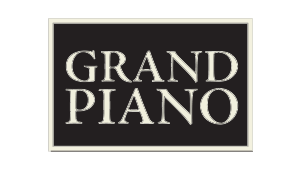
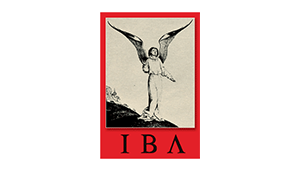



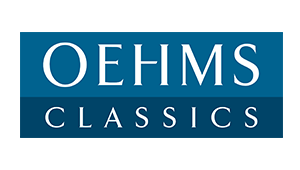


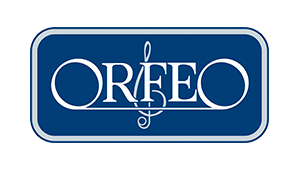












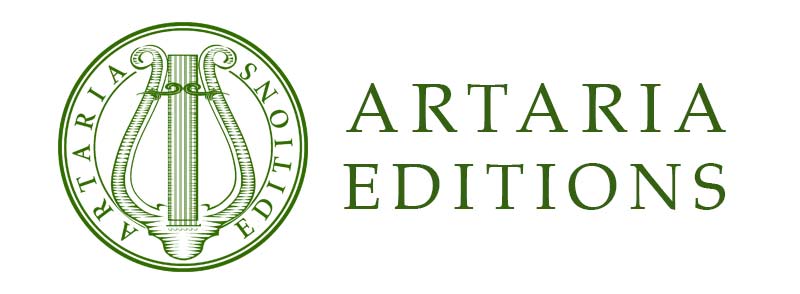



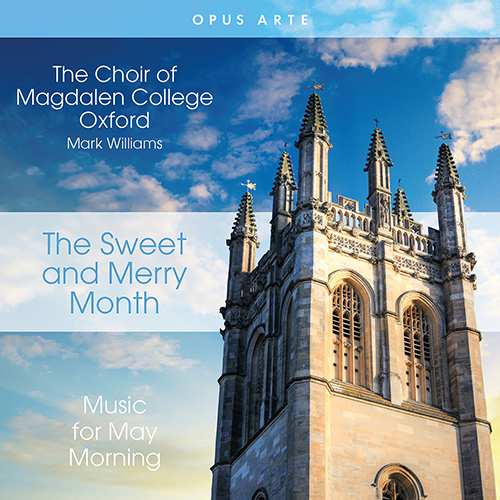
![MONTEVERDI, C.: L’Orfeo [Opera] (La Fenice, 2017) MONTEVERDI, C.: L’Orfeo [Opera] (La Fenice, 2017)](../../../sharedfiles/images/cds/hires/OA1347D.jpg)
![MOZART, W.A.: Don Giovanni [Opera] (Royal Opera House, 2019) MOZART, W.A.: Don Giovanni [Opera] (Royal Opera House, 2019)](../../../sharedfiles/images/cds/hires/OA1344D.jpg)
![BEETHOVEN, L. van: Fidelio [Opera] (Royal Opera House, 2020) BEETHOVEN, L. van: Fidelio [Opera] (Royal Opera House, 2020)](../../../sharedfiles/images/cds/hires/OA1334D.jpg)
![PUCCINI, G.: Manon Lescaut [Opera] (Royal Opera House, 1983) PUCCINI, G.: Manon Lescaut [Opera] (Royal Opera House, 1983)](../../../sharedfiles/images/cds/hires/OA1342D.jpg)
![PROKOFIEV, S.: Romeo and Juliet [Ballet] (Royal Ballet, 2019) PROKOFIEV, S.: Romeo and Juliet [Ballet] (Royal Ballet, 2019)](../../../sharedfiles/images/cds/hires/OA1314D.jpg)
![MOZART, W.A.: Così fan tutte [Opera] (Royal Opera House, 2010) MOZART, W.A.: Così fan tutte [Opera] (Royal Opera House, 2010)](../../../sharedfiles/images/cds/hires/OA1331D.jpg)
![MOZART, W.A.: Die Zauberflöte [Opera] (Royal Opera House, 2017) MOZART, W.A.: Die Zauberflöte [Opera] (Royal Opera House, 2017)](../../../sharedfiles/images/cds/hires/OA1343D.jpg)
![STRAUSS, R.: Der Rosenkavalier [Opera] (Royal Opera House, 1985) STRAUSS, R.: Der Rosenkavalier [Opera] (Royal Opera House, 1985)](../../../sharedfiles/images/cds/hires/OA1341D.jpg)
![MAILLOT, J.-C.: La Mégère apprivoisée [Ballet] (Les Ballets de Monte-Carlo, 2020) MAILLOT, J.-C.: La Mégère apprivoisée [Ballet] (Les Ballets de Monte-Carlo, 2020)](../../../sharedfiles/images/cds/hires/OA1339D.jpg)
![GOUNOD, C.-F.: Faust [Opera] (Royal Opera House, 2019) GOUNOD, C.-F.: Faust [Opera] (Royal Opera House, 2019)](../../../sharedfiles/images/cds/hires/OA1330D.jpg)
![THE ART OF ROBERTO BOLLE – Sylvia • Notre-Dame de Paris • Gala des Étoiles [Ballets] (2005–2015) (3-DVD Boxed Set) THE ART OF ROBERTO BOLLE – Sylvia • Notre-Dame de Paris • Gala des Étoiles [Ballets] (2005–2015) (3-DVD Boxed Set)](../../../sharedfiles/images/cds/hires/OA1233BD.jpg)
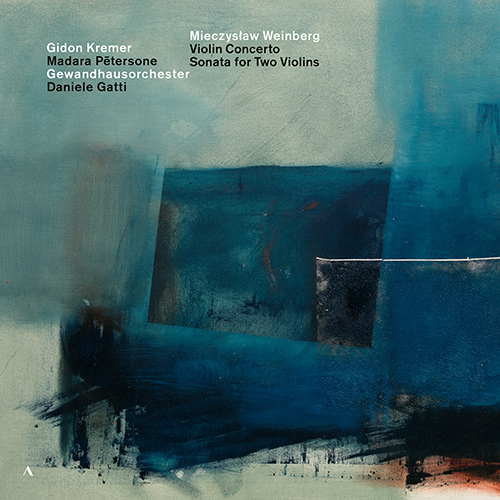
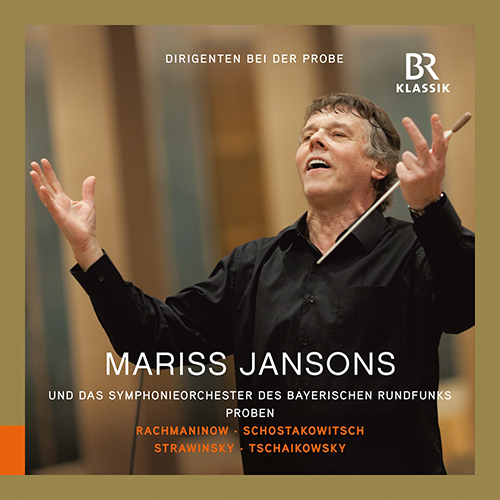
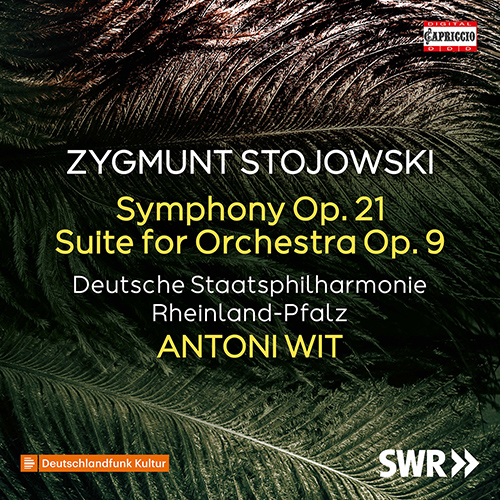
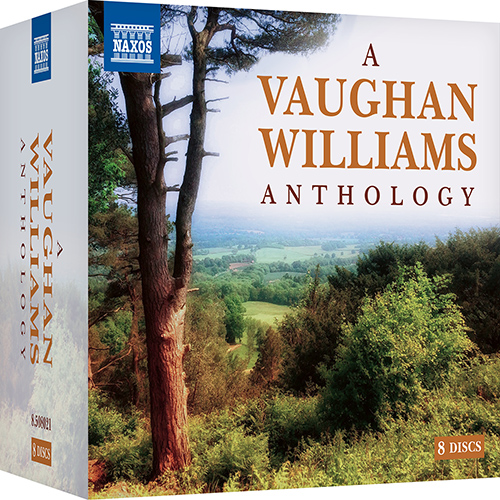
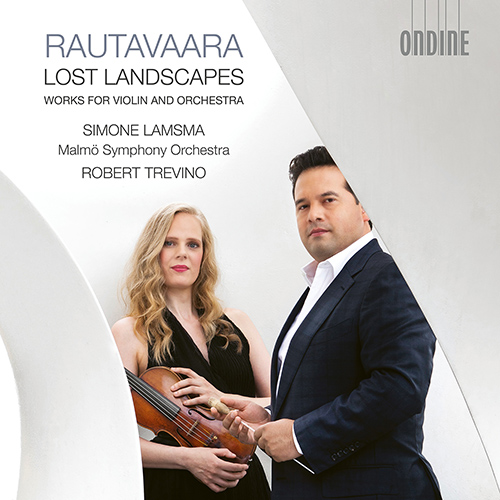
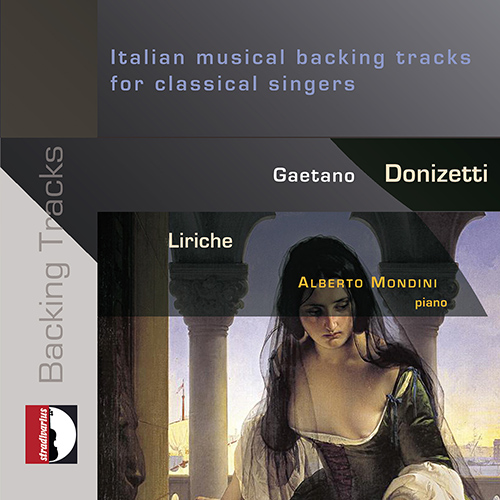
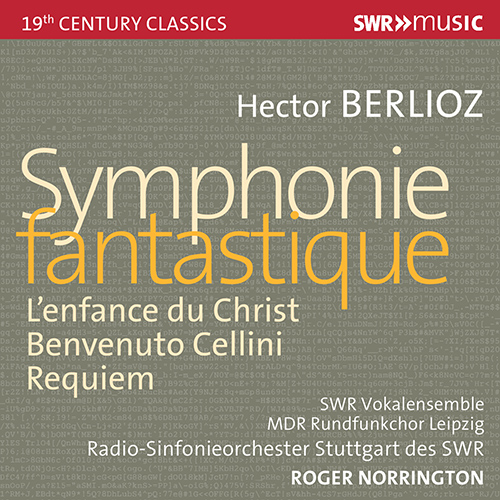
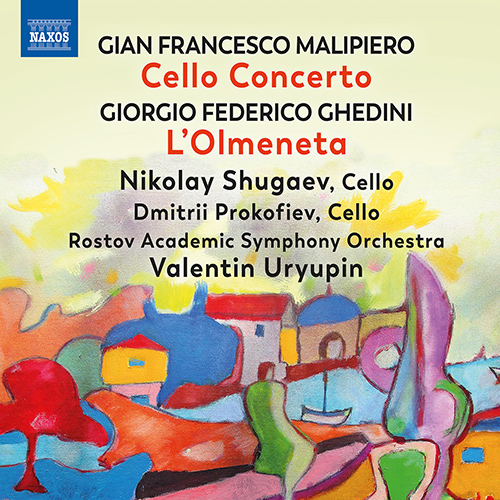
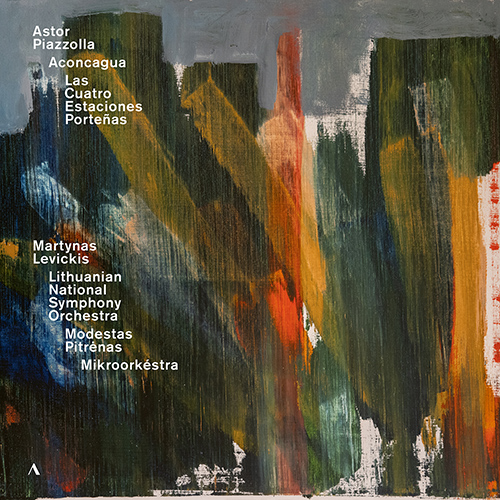
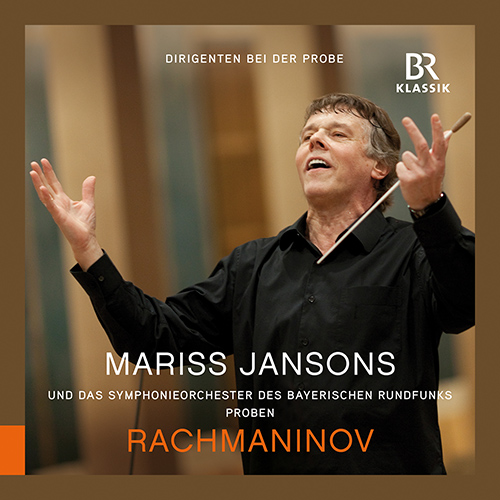
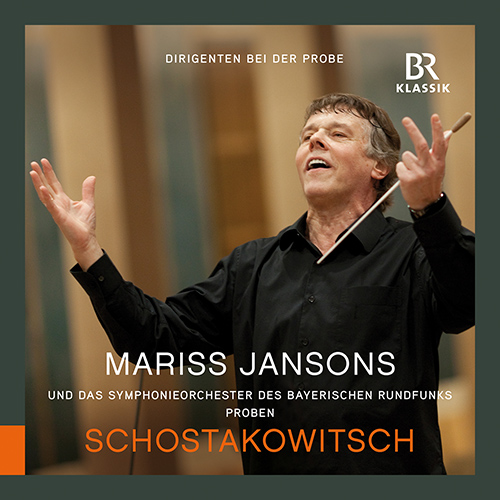
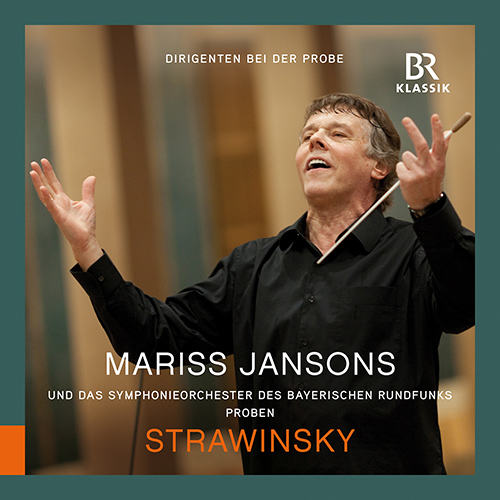
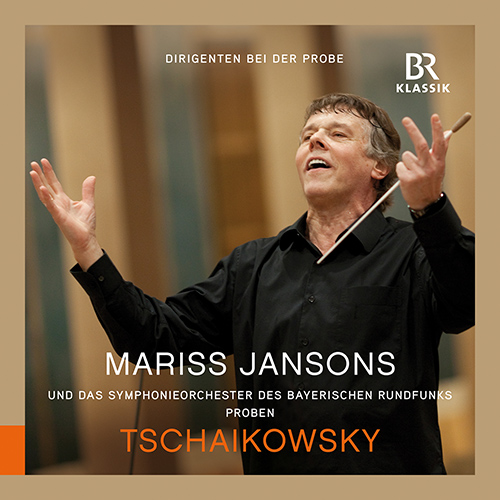
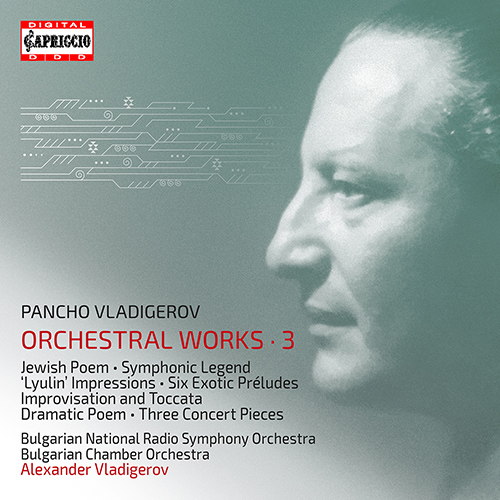
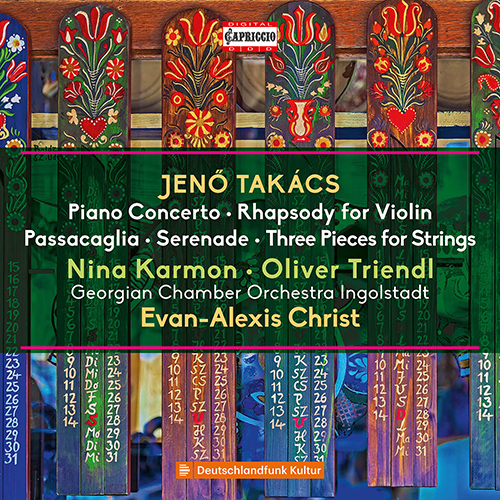
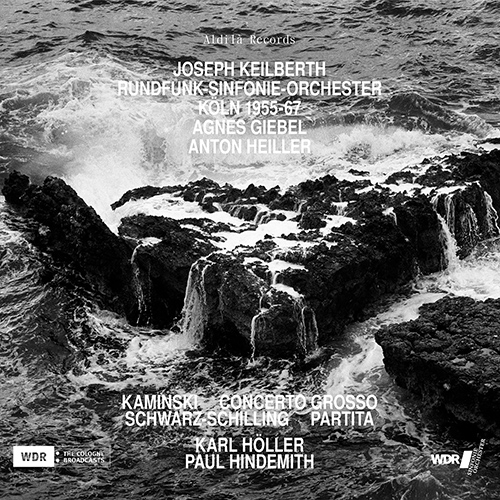
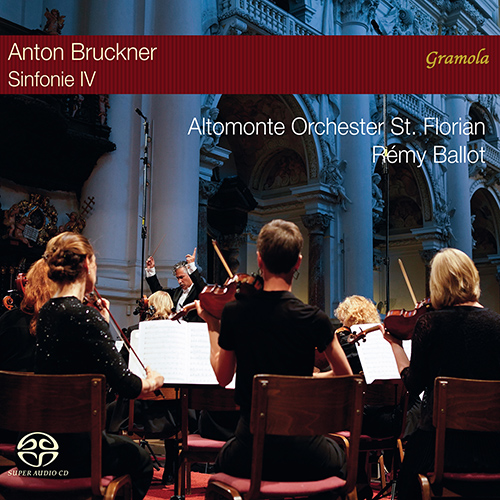
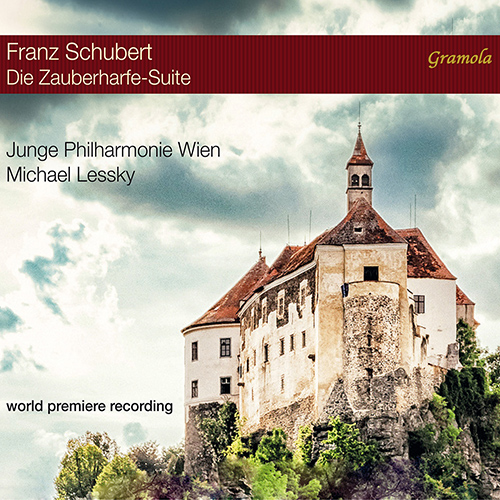
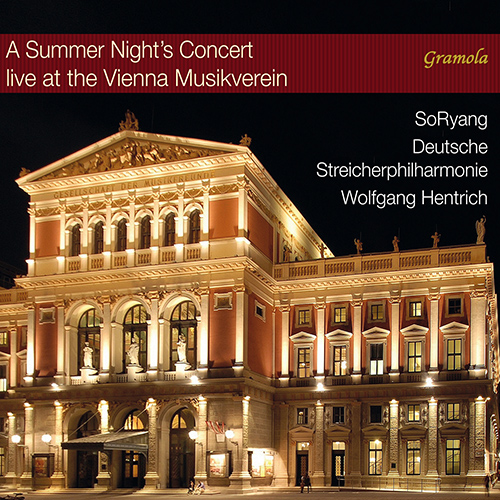
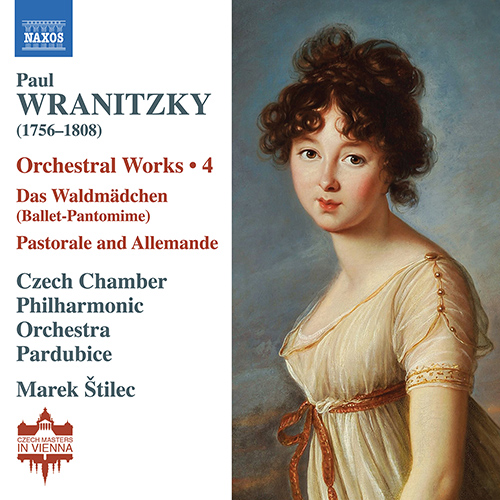
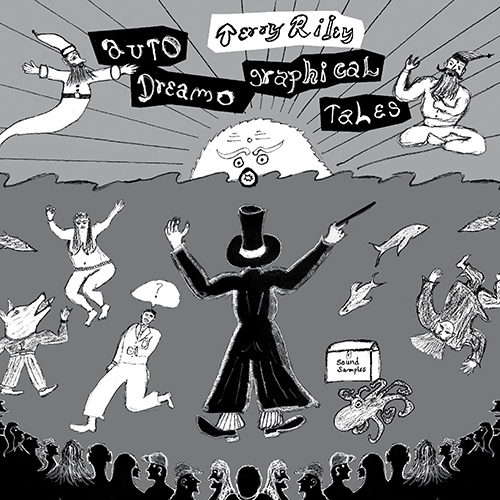
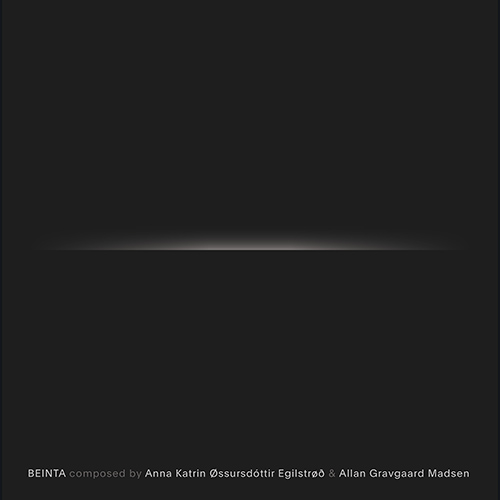
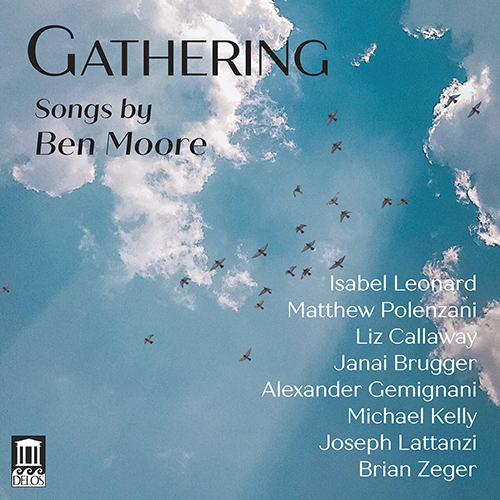
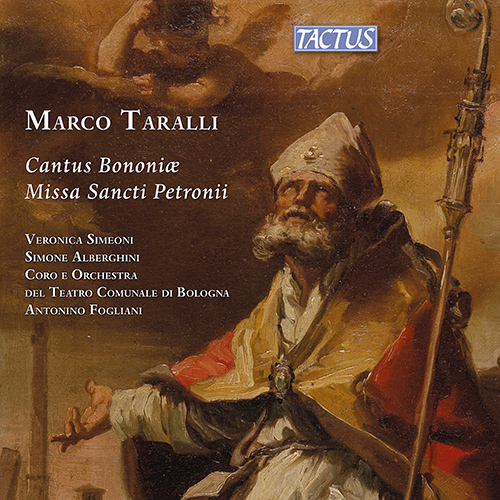
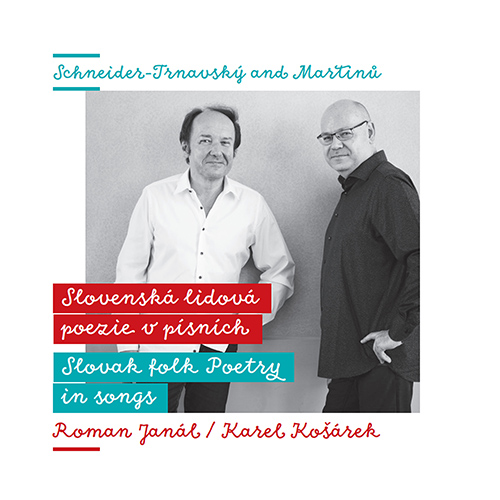
![ULLMANN, V.: Der Kaiser von Atlantis [Opera] (Zara, Loetzsch, Chum, Eröd, Munich Radio Orchestra, P. Hahn) ULLMANN, V.: Der Kaiser von Atlantis [Opera] (Zara, Loetzsch, Chum, Eröd, Munich Radio Orchestra, P. Hahn)](../../../sharedfiles/images/cds/hires/900339.jpg)

![MONTEVERDI, C.: Il Ritorno d’Ulisse in patria [Opera] (Workman, Giustiniani, Galou, Accademia Bizantina, Dantone) MONTEVERDI, C.: Il Ritorno d’Ulisse in patria [Opera] (Workman, Giustiniani, Galou, Accademia Bizantina, Dantone)](../../../sharedfiles/images/cds/hires/CDS7927.03.jpg)

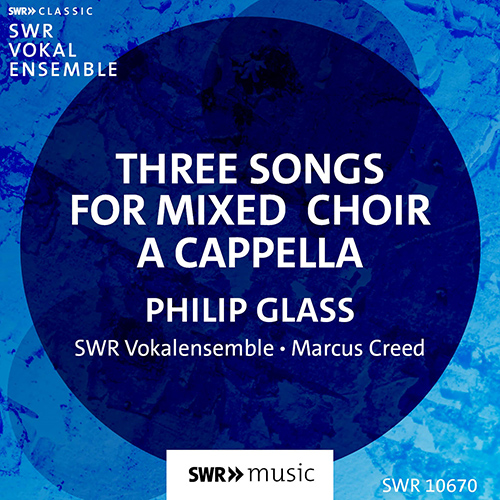
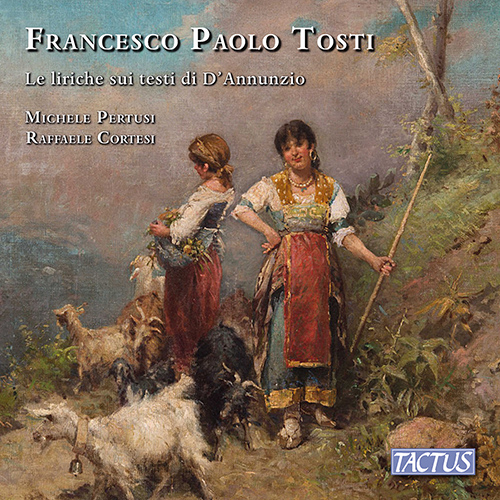
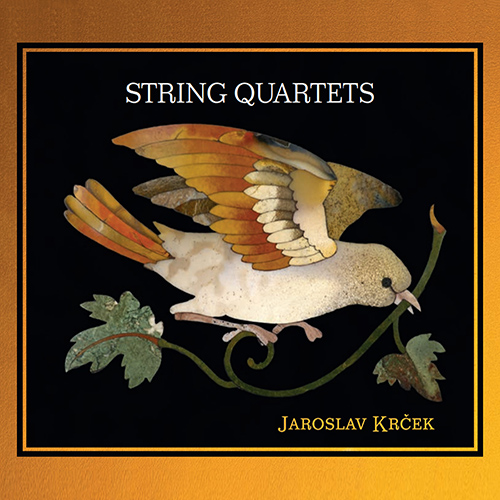
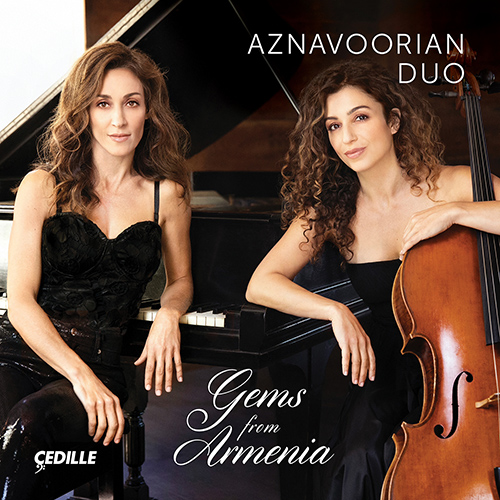
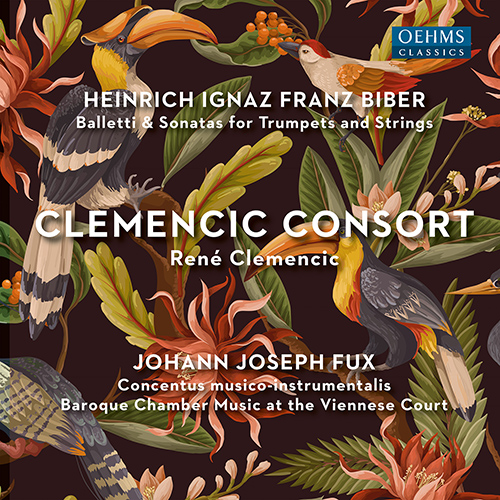

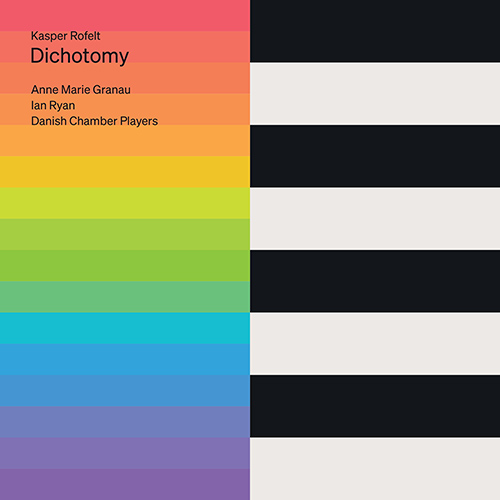
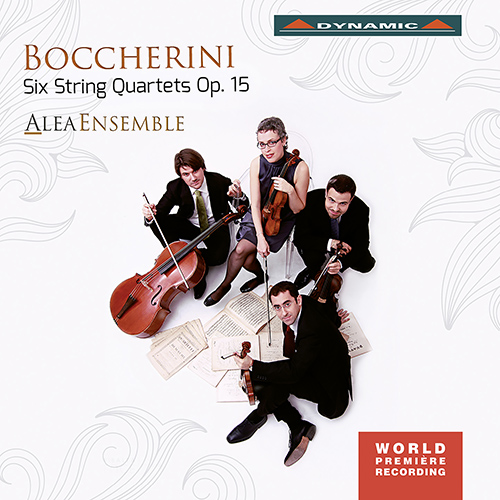
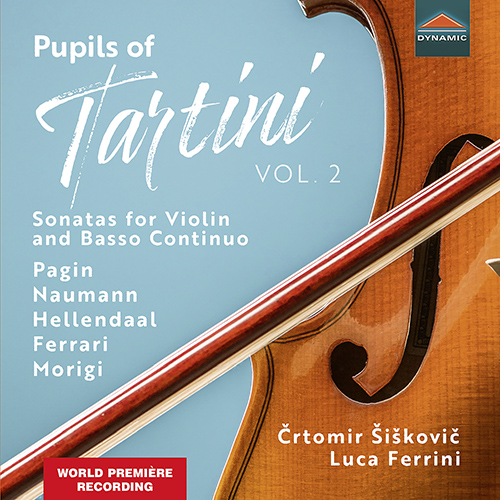
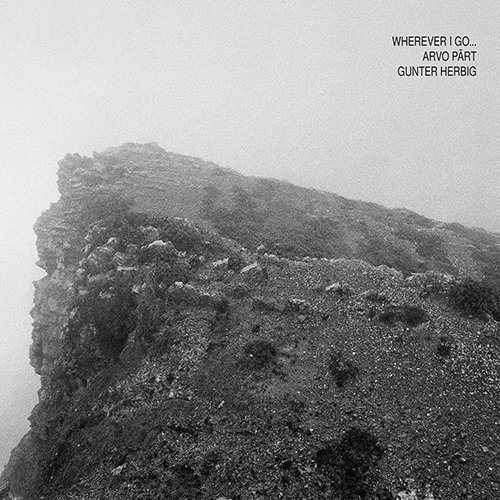
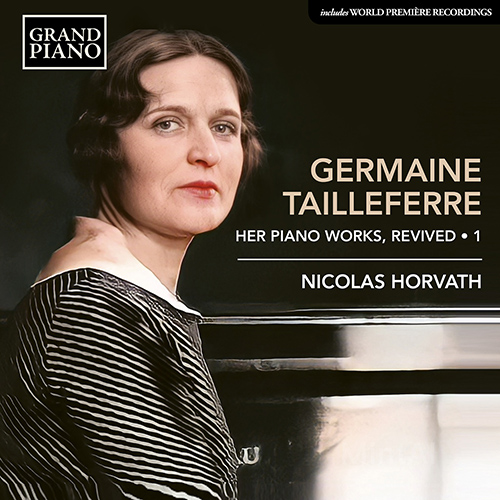
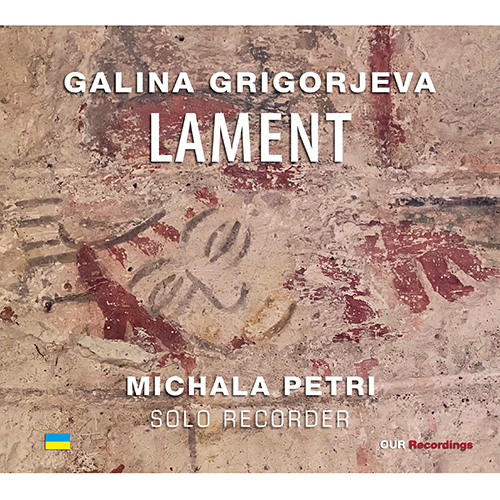
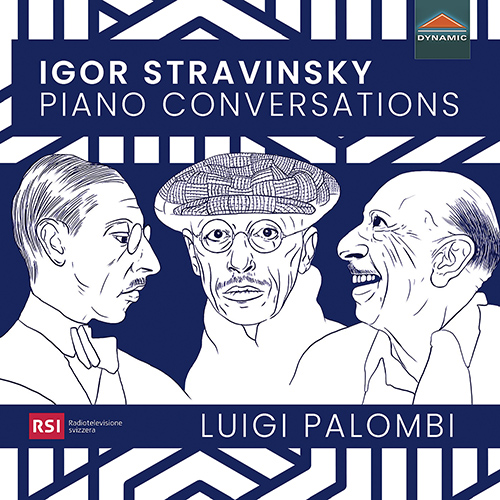
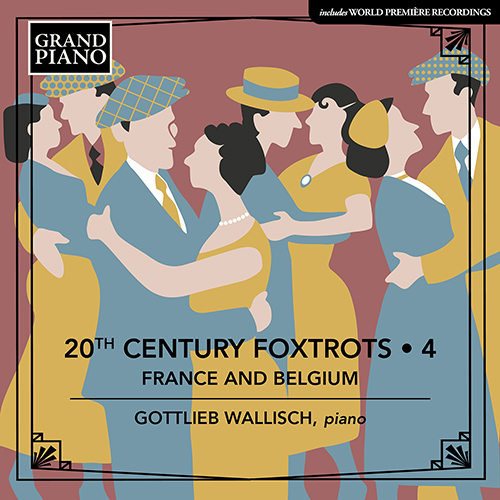
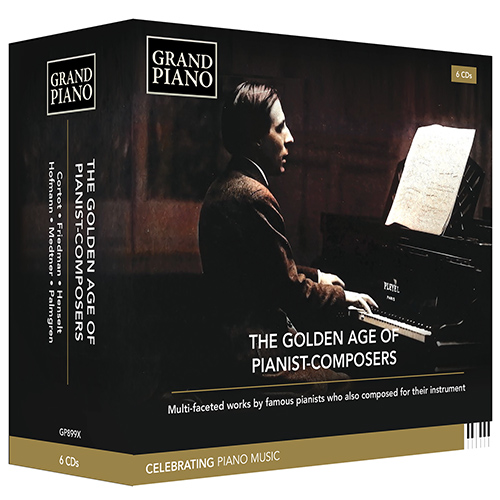
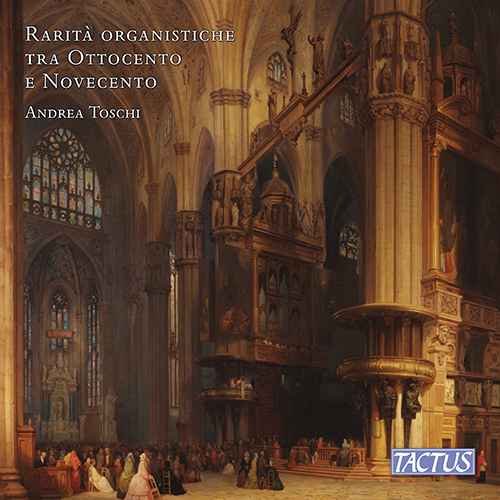
![JANÁČEK, L.: Jenůfa [Opera] (Staatsoper unter den Linden, 2021) JANÁČEK, L.: Jenůfa [Opera] (Staatsoper unter den Linden, 2021)](http://www.naxos.com/sharedfiles/images/cds/hires/760408.jpg)
![MONTEVERDI, C.: Il Ritorno d’Ulisse in Patria [Opera] (Maggio Musicale Fiorentino, 2021) MONTEVERDI, C.: Il Ritorno d’Ulisse in Patria [Opera] (Maggio Musicale Fiorentino, 2021)](http://www.naxos.com/sharedfiles/images/cds/hires/DYN-37927.jpg)
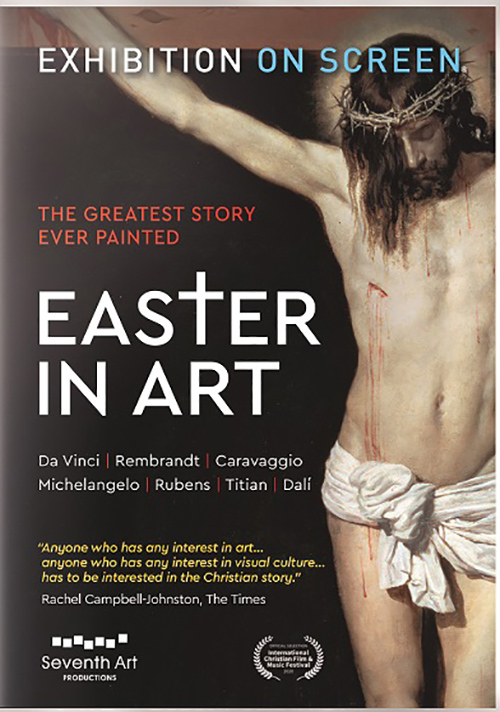
![WAGNER, R.: Parsifal [Opera] (Teatro Massimo, 2020) [DVD] WAGNER, R.: Parsifal [Opera] (Teatro Massimo, 2020) [DVD]](../../../sharedfiles/images/cds/hires/759308.jpg)
![WAGNER, R.: Parsifal [Opera] (Teatro Massimo, 2020) [BD] WAGNER, R.: Parsifal [Opera] (Teatro Massimo, 2020) [BD]](../../../sharedfiles/images/cds/hires/759404.jpg)
![NEUWIRTH, O.: Orlando [Opera] (Vienna State Opera, 2019) [DVD] NEUWIRTH, O.: Orlando [Opera] (Vienna State Opera, 2019) [DVD]](../../../sharedfiles/images/cds/hires/760708.jpg)
![NEUWIRTH, O.: Orlando [Opera] (Vienna State Opera, 2019) [BD] NEUWIRTH, O.: Orlando [Opera] (Vienna State Opera, 2019) [BD]](../../../sharedfiles/images/cds/hires/760804.jpg)
